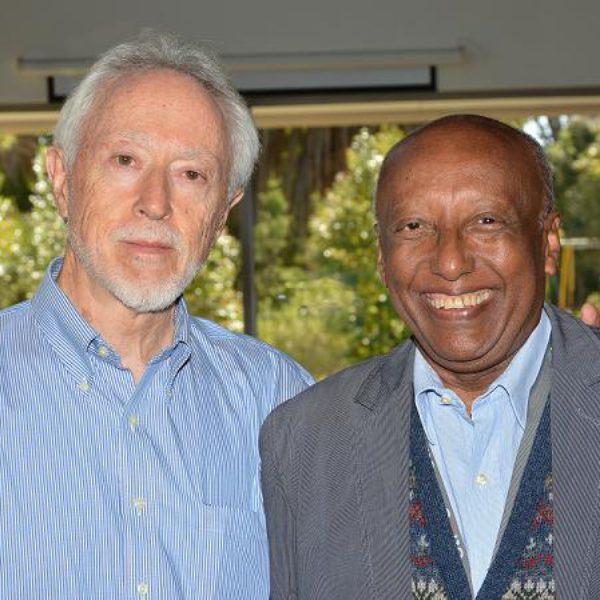Flavonoids are an important class of natural products that occur in plants, and microorganisms. Humans do not biosynthesize these and therefore they must acquire them as food. The basic flavonoid skeleton contains 15 carbons. Homoisoflavonoids are a small group of naturally occurring compounds which are characterized by a basic skeleton containing 16 carbons. My research group in the University of Botswana was very active in this area and had distinguished itself by identifying and characterizing a large number of this class of compounds.
The first preliminary survey on the subject of homoisoflavonoids was published in 1981 and contained all the known members which were only 20. In 2007 we published the first comprehensive review under the title: Naturally occurring homoisoflavonoids: Phytochemistry, biological activities and synthesis. The review covered the phytochemical, biological properties, and synthesis of naturally occurring homoisoflavonoids. The review covered three aspects of these important compounds. The first was to properly classify and document that various structural types of homoisoflavonoids including their plant sources and properties. The second section reviewed the reported synthetic methodologies toprepare these compounds in the laboratory. The discussion included the strategy for synthesis,the yields of final products and their biological activity. It was found that homoisoflavonoids possess a wide range of biological activities, including, antimicrobial, antimutagenic, anti–inflammatory and antidiabetic properties.The third section of the review included discussion on analytical methods for the determinationof these important metabolites.
An understanding with the Editor-in-Chief and publisher of Natural Products Communications has been reached to publish a second comprehensive review covering the literature since the first review in 2007. A preliminary survey indicates that more papers have been published on the subject during the last ten years than during the 30 years since the first homoisoflavonoid was discovered.



